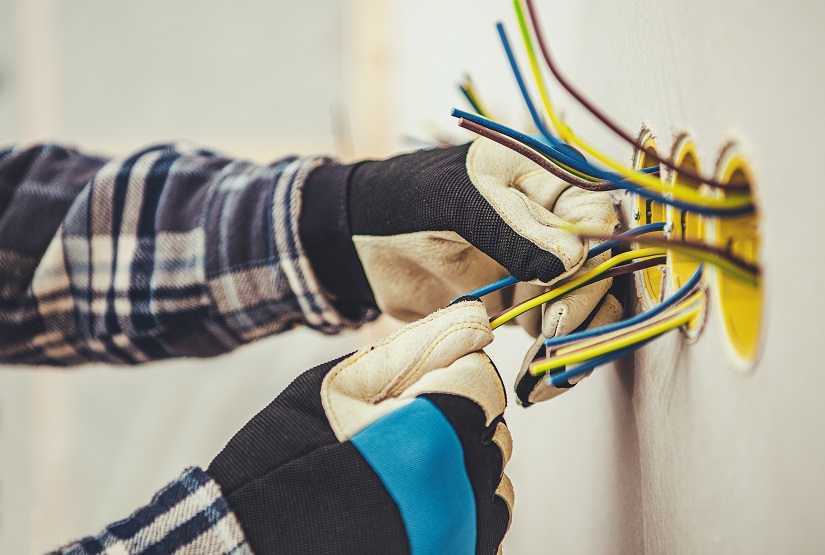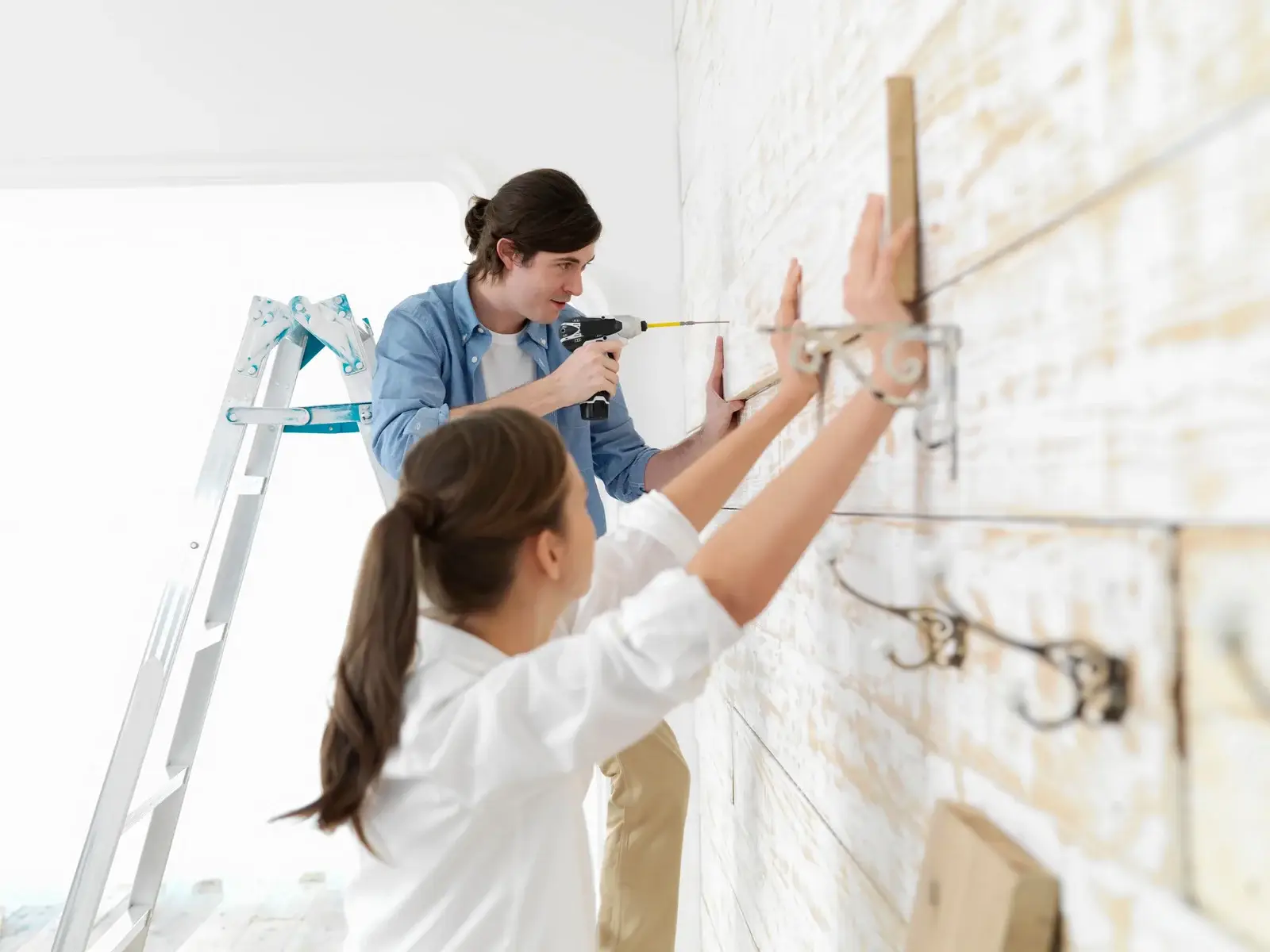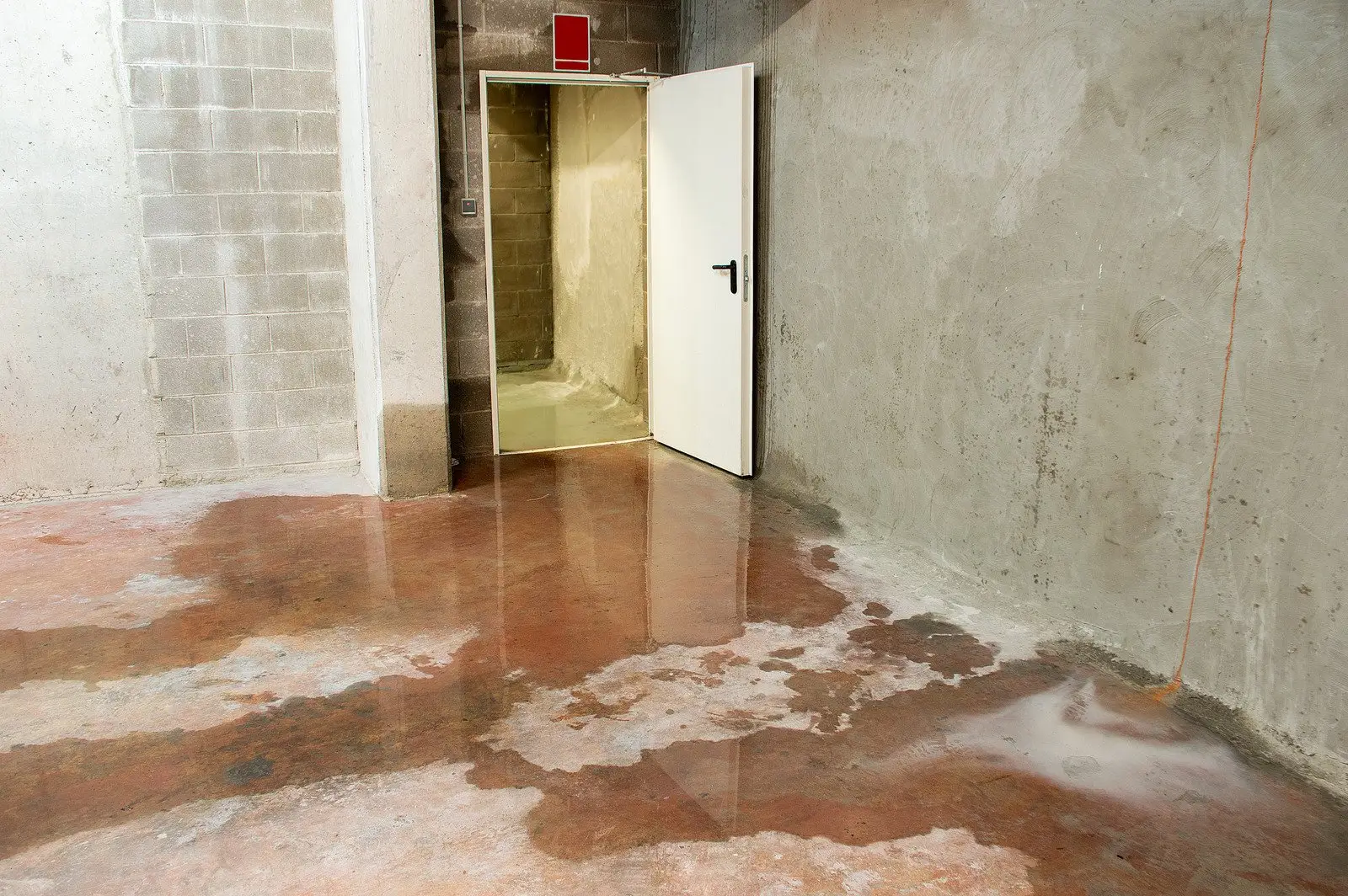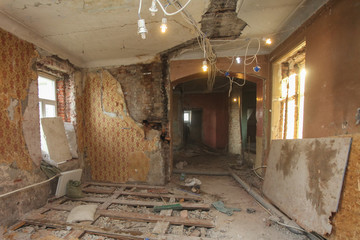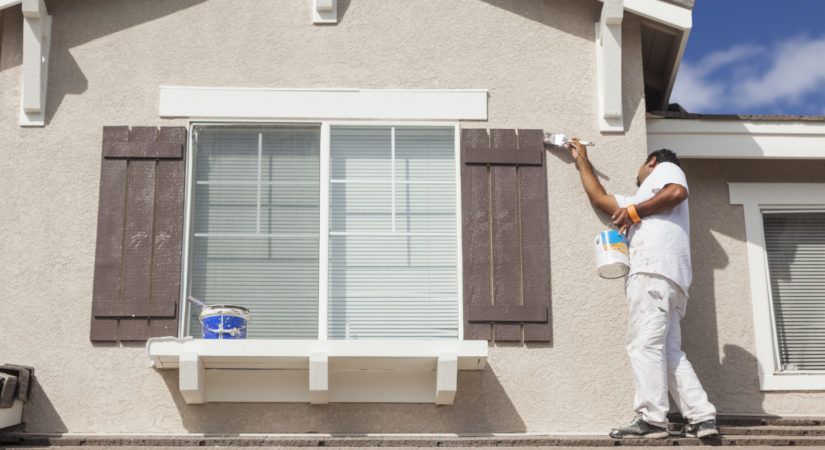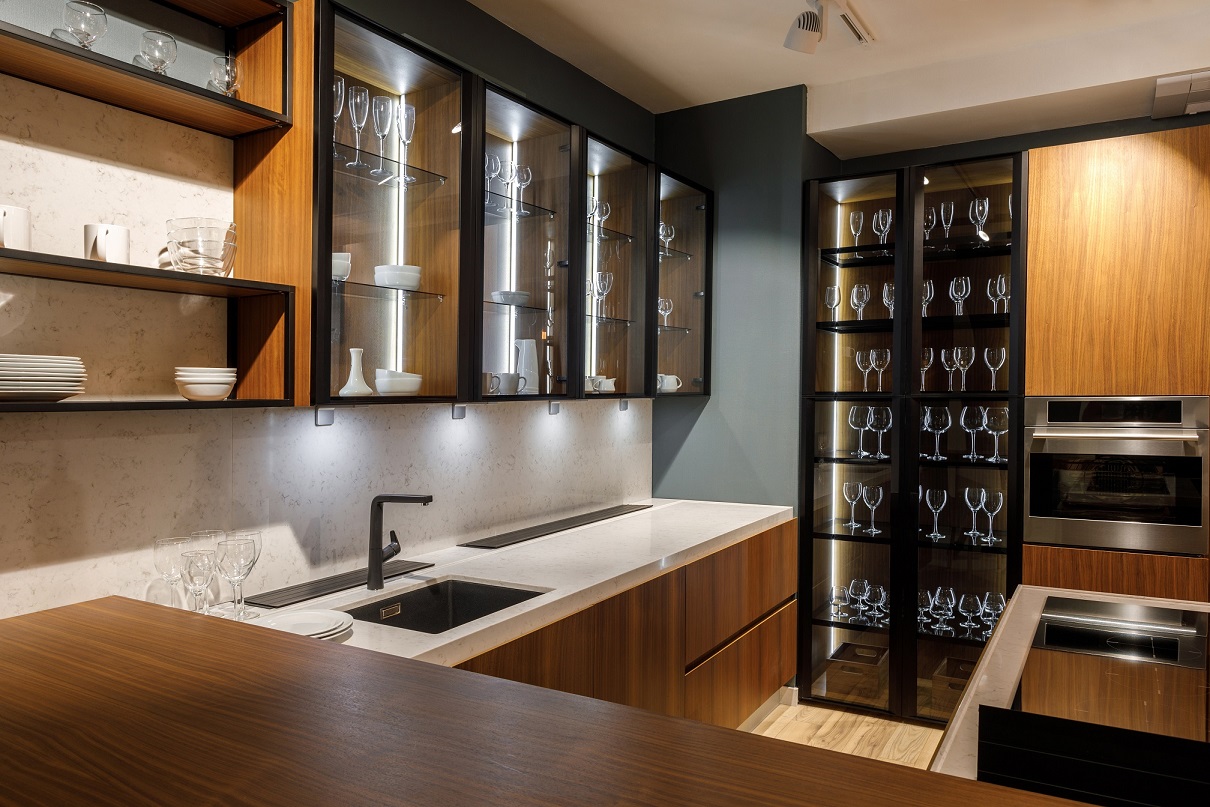Methods for Electrical Wiring
There are several rules, regulations, and legislation that govern electrical wiring systems which are discussed in the guide of Methods for Electrical Wiring. Installation of electrical wiring must adhere to all applicable norms and standards. For example, short circuits, damage, electric shocks to the device/appliance, or malfunctioning of the gadget might occur if the electrical wiring is done improperly or if it does not meet any standard.
Residential, commercial, and industrial wire installation requires careful consideration of a number of variables. Building type and structure, as well as wiring systems and installation requirements, are among the many aspects to consider while constructing a new home.
Some electrical wiring fundamentals, such as how it works, how it’s done, and what’s most prevalent are covered in this section.
WARNING: It is not a how-to manual or tutorial on how to wire a house. Just a theory that explains various Electrical Wiring Systems & various probable methods of installation. For AC Mains Electricals Wiring projects, you should absolutely seek the advice and assistance of a professional.
Methods for Electrical Wiring and safe use of Electricity
Safety is the most important consideration before any installation work begins. Electricity may cause significant injury or death when it comes into touch with electrical equipment or cables when the power is switched on, whether directly or indirectly. To ensure the safety of your workplace, follow the actions outlined below.
- Goggles, gloves, and shoes should be worn at all times while handling live or energized circuits.
- Make sure you know how to tell the difference between live and non-live portions of electrical equipment.
- As you install or connect cables, disconnect the power source.
- A circuit breaker should be installed on the main circuit to manage the power supply to the installation.
- Keep conductive materials and tools away from active circuits and equipment.
- Use electrically rated non-conductive hand tools instead of conductive ones. Using a tool with a voltage (current) rating that is lower than the one it was designed for may result in an electric shock.
Read this article to learn more about electrical safety.
Electricity Transmission and Distribution
The Electricity Board/Department is responsible for supplying electricity all the way to the consumer’s property’s outside (either residential, commercial, or industrial). The end-user is responsible for establishing a path from this location to their home’s main switchboard or distribution board.
Various sorts of electrical loads, such as fans, lighting, room coolers, and freezers, are linked to specific circuits and electrical wires from the primary switchboard/distribution board.
It is possible to utilize numerous kinds of wires for connecting loads to the power supply in both residential and commercial settings. We’ll go through a few of them in more detail below.
Wiring Methods for Electrical Wiring
Electrical wiring is indeed an essential component of every structure, whether it’s a home or an apartment building, an office complex, or an industrial complex (factories). Lighting & other power circuits use a variety of electrical wiring techniques and systems.
The total amount of the installation is heavily influenced by the kind of electrical wiring used. Because of this, it is critical to know which types of Electrician Wiring Systems are most suited to a certain work.
The following are some of the most typical considerations when deciding on an Electrical Wiring System:
- Wiring System Costs
- Wire and cable types
- Wires’ Reliability
- Load type
- The Wiring System’s safety is a primary concern.
- Potential for future alterations or additions
- The life expectancy of a system
- The building’s construction has begun
- Avoiding a fire
The Electrical Cabling Systems should be able to withstand typical mechanical wear & tear regardless of the kind of wiring & the type of wire used.
Electrical Wiring Systems are usually determined by the kind of wire used. Residential, commercial, industrial, and auditorium electrical wiring systems include, but are not limited to:
- Wiring with Cleats
- Wire Enclosure and Capping
- A Batten-Wired Ceiling (CTS or TRS)
- Wiring for conduits (Surface or Concealed)
- Wiring Encased in Lead
Cabling Systems / Installations will now be examined in detail.
Wiring with Cleats
Cleats are fastened to the wall or ceiling at regular intervals (0.6 m between each one), using porcelain or wood, or plastic. Using PVC insulated cables, the wire is supported and held in place by the cleats.
Useful for temporary installations, this is an economical technique of wiring. Because of this, it is not ideal for residential electrical wiring, and it is also an old approach.
Wire Enclosure and Capping
The cable is passed through a grooved wooden enclosure in this case. The wood enclosure is constructed with parallel grooves to accept the cables and is cut to the desired length. Screws are used to attach the wooden casing to the wall or ceiling.
In order to conceal the cables, a grooved wooden cap is fitted over the casing once they have been installed within. In the event of a short circuit, this is likewise a low-cost wiring method, but it has a considerable fire danger.
A Batten-Wired Ceiling (CTS or TRS)
Insulated wires are routed through the flat teak wood battens in this design. Plugs and screws are used to secure the wooden battens to the ceilings or walls. In order to attach the wires to the battens, tin-plated brass link clips are used.
Using rust-resistant nails, these clips are attached to the batten. Relative to other electrical systems, this wire installation is straightforward, inexpensive, and time-saving. Indoor installations are the primary use case for this kind of product.
Capture Sheathed Wire (CTS) and Tough Rubbers Sheathed Wire (TRS) are the most common conductors in this form of wiring.
Wiring Conduit
Using PVC conduit pipe or steel conduit pipes, PVC cables may be routed. Surface conduit wire or hidden conduit wiring might be used for this conduit wiring.
It is termed surface conduit wiring if the conduit pipe is run on top of the walls & ceilings. As a result of the conduits being buried behind the plaster, it is known as “concealed conduit wiring.”
Heavy motors in factories are often wired using surface conduit wiring. However, residential structures are most often wired with hidden wiring. When it comes to wiring, the conduit is the most secure option, and it also looks stunning (concealed conduit wiring).
Wiring Encased in Lead
The only difference between this approach and the CTS/TRS Wiring is the kind of wire or cable used. Vulcanized Indian Rubber is used to insulate the electrical conductor, which is subsequently wrapped in a Lead-Aluminum alloy sheath (95 percent Lead and 5 percent Aluminum).
This wire is likewise routed on hardwood batten and fastened with tinned clips, much like the Batten Wiring.
Examples of Methods for Electrical Wiring
Here are some examples of wiring circuits that are often used in homes and workplaces to further explain the idea of wiring.
A One-Way Switch That Controls a Single Lamp (or another load)
As shown, the hot wire is linked to a switch on one side, while the other switch terminal is attached to the bulb’s positive terminal and the bulb’s negative end is connected to a neutral wire.
A One-Way Switch Controls Two Blubs
The supply wire (phase and neutrals) are routed via a single one-way switch, and two lamps are linked in series with them.
Two-Way Switches Control a Single Blub
Additionally, it is referred to as “Staircase Wiring”. Light bulbs and lamps are controlled in this manner using 2 different switches. In bedrooms, this form of wiring is utilized to turn the light on and off from two different sources. The lamp’s connection to the switches.
In-house wiring
In large warehouses, lengthy corridors, and tunnel-like constructions with several rooms or sections, this wiring style is used. When the lights are switched from one terminal to the other, it is done in a sequential manner.
Light switches are used to turn off the lights in previous rooms and put them back on in the current room when a person arrives or exits each one. When one light is turned off, the other is turned on at the same time. The schematic design for the wiring in the warehouse.
FAQs:
Is it possible to explain the fundamentals of wiring?
Typical residential electrical wiring is comprised of 3 wires wrapped in an insulated sleeve. Black wires are usually referred to as “hot” since they carry the electrical current. The “neutral” wire is a white one, while the ground wire is a bare copper one.
What’s the best way to set up your home’s electrical system?
Two bright wires and a neutral are standard in most houses. Typical 120-volt lights & appliances are powered by two wires: one hot and one neutral. To power major equipment like air conditioners & electric furnaces, you’ll need a 240-volt circuit.
Is it possible for me to wire my house myself?
As long even as the electrical repair you need to perform is simple and does not need a major overhaul of your home’s electrical system, you may be able to complete it on your own.
Conclusion of Methods for Electrical Wiring
For those who want to learn more about the many forms of electrical wiring systems, things to consider when deciding on a technique of installation, and various types of electrical drawing, this tutorial is for you!

